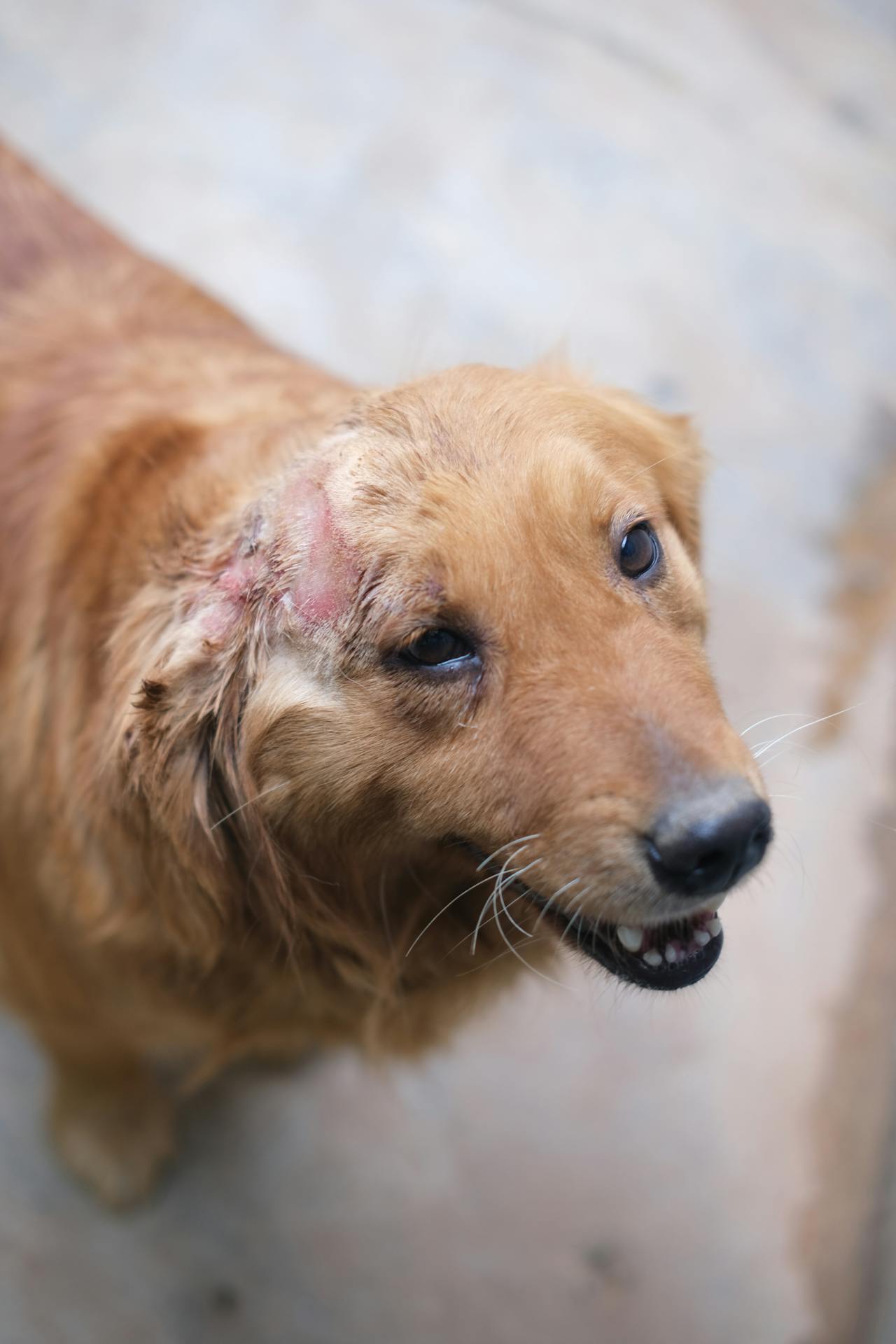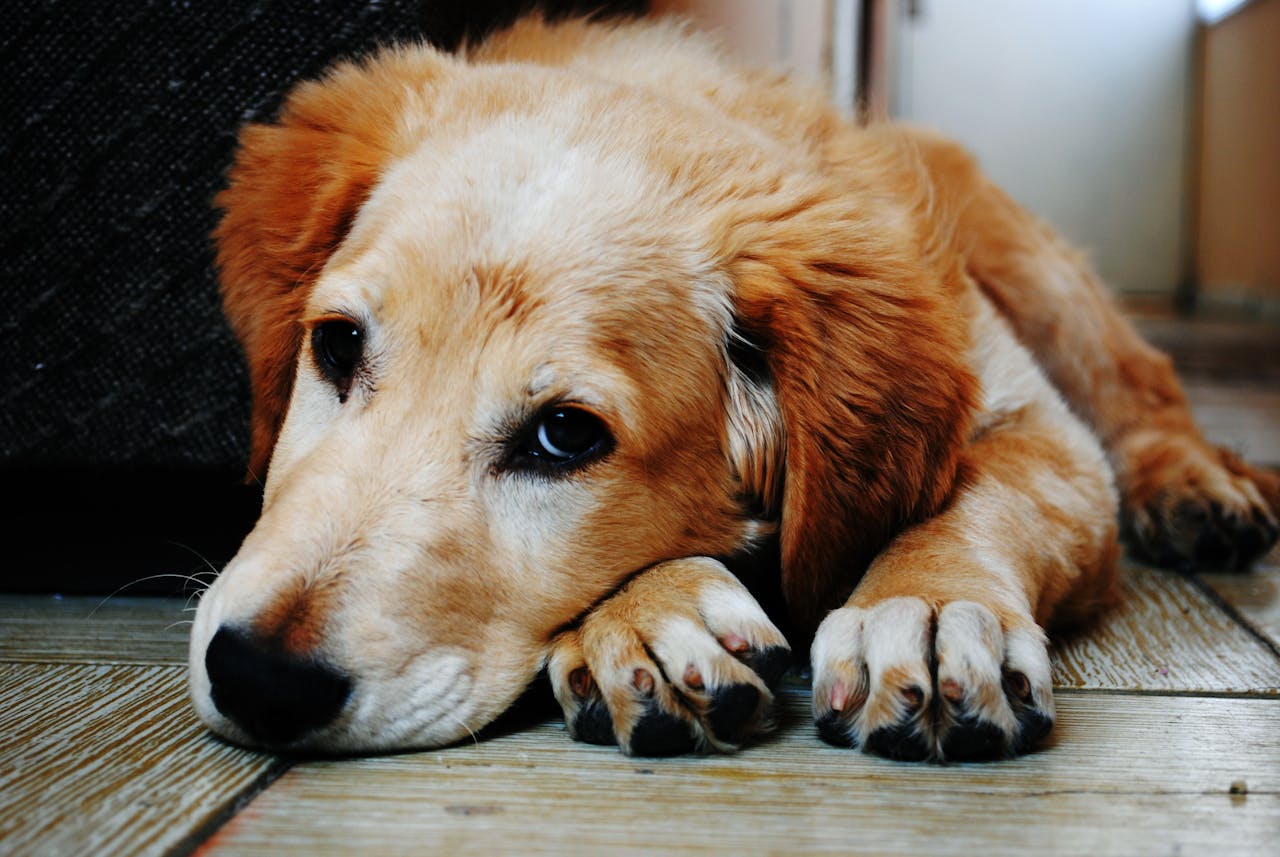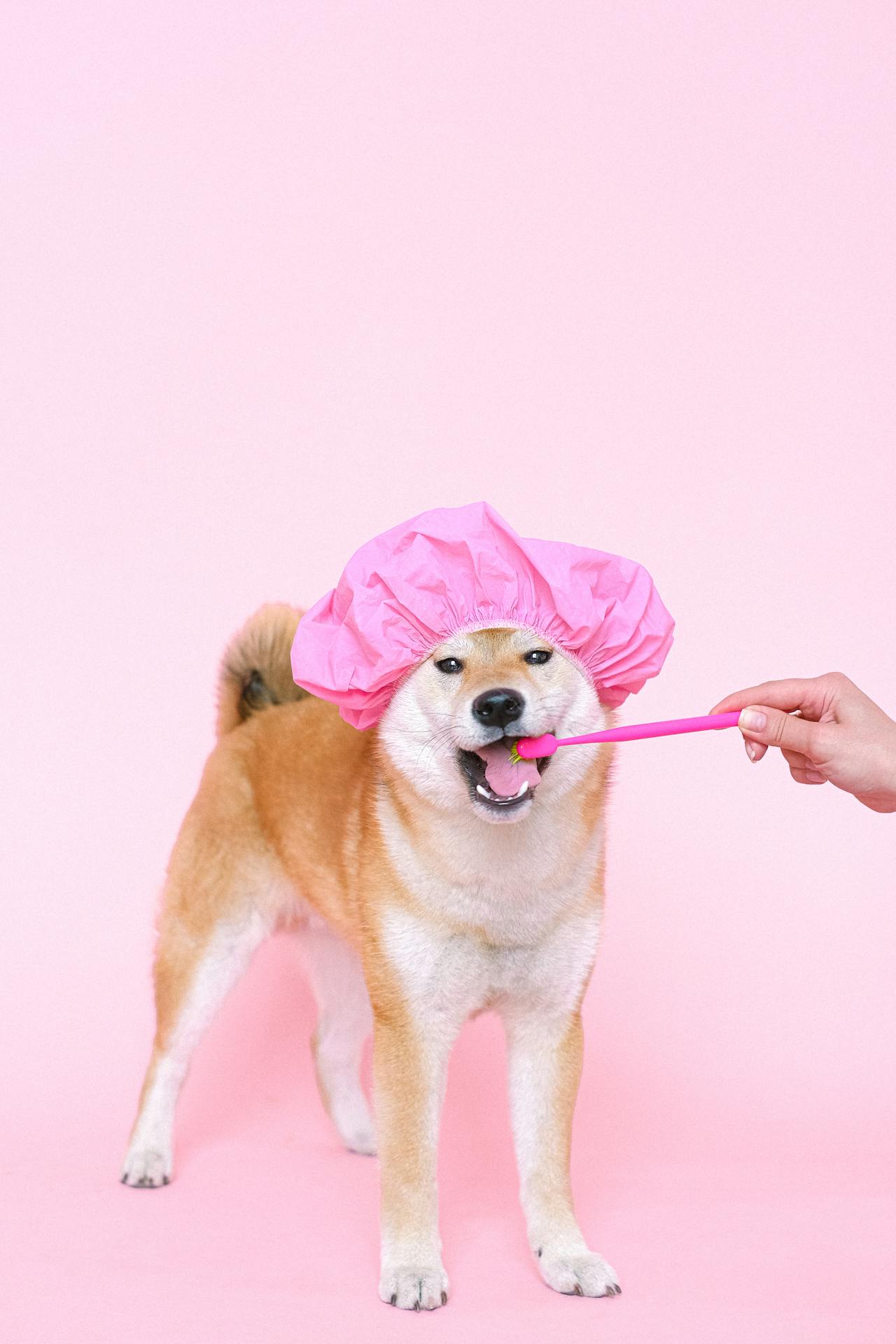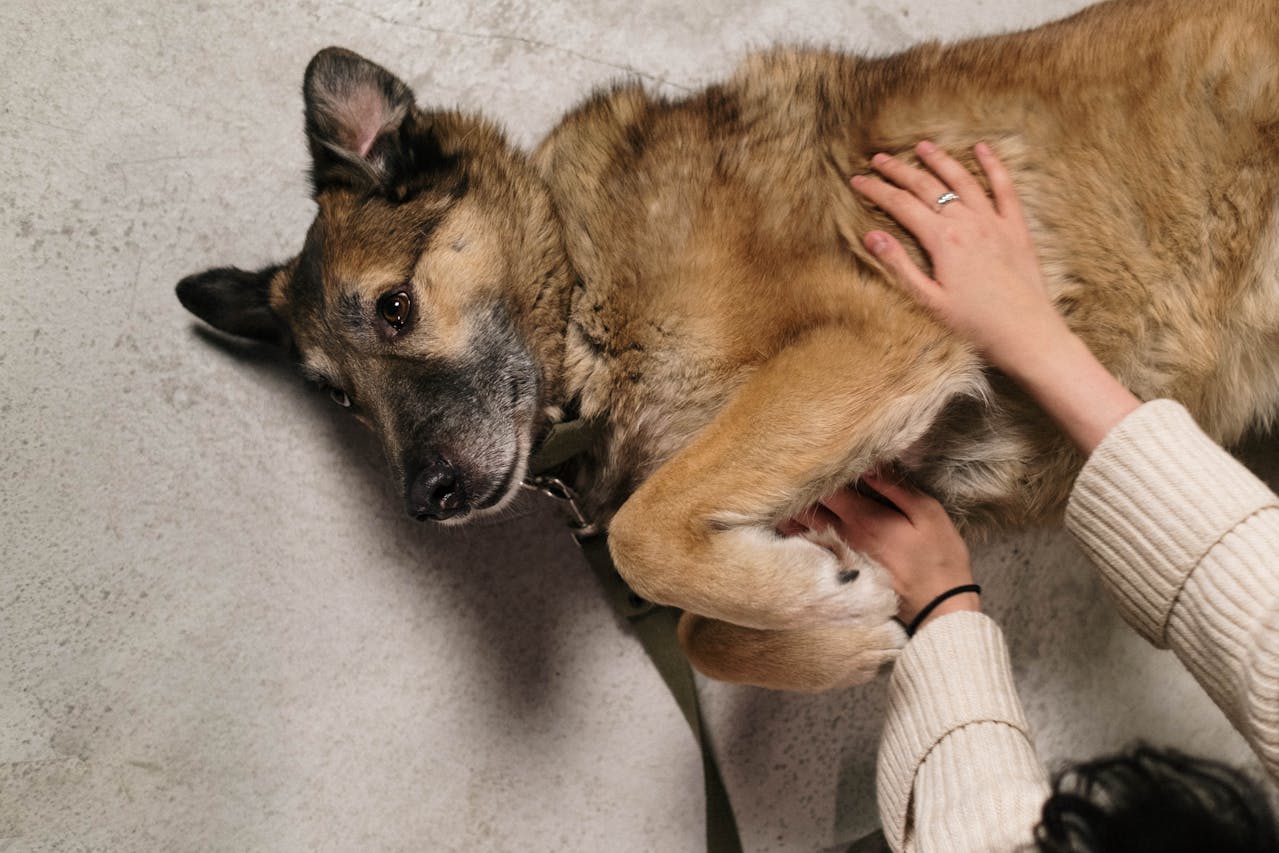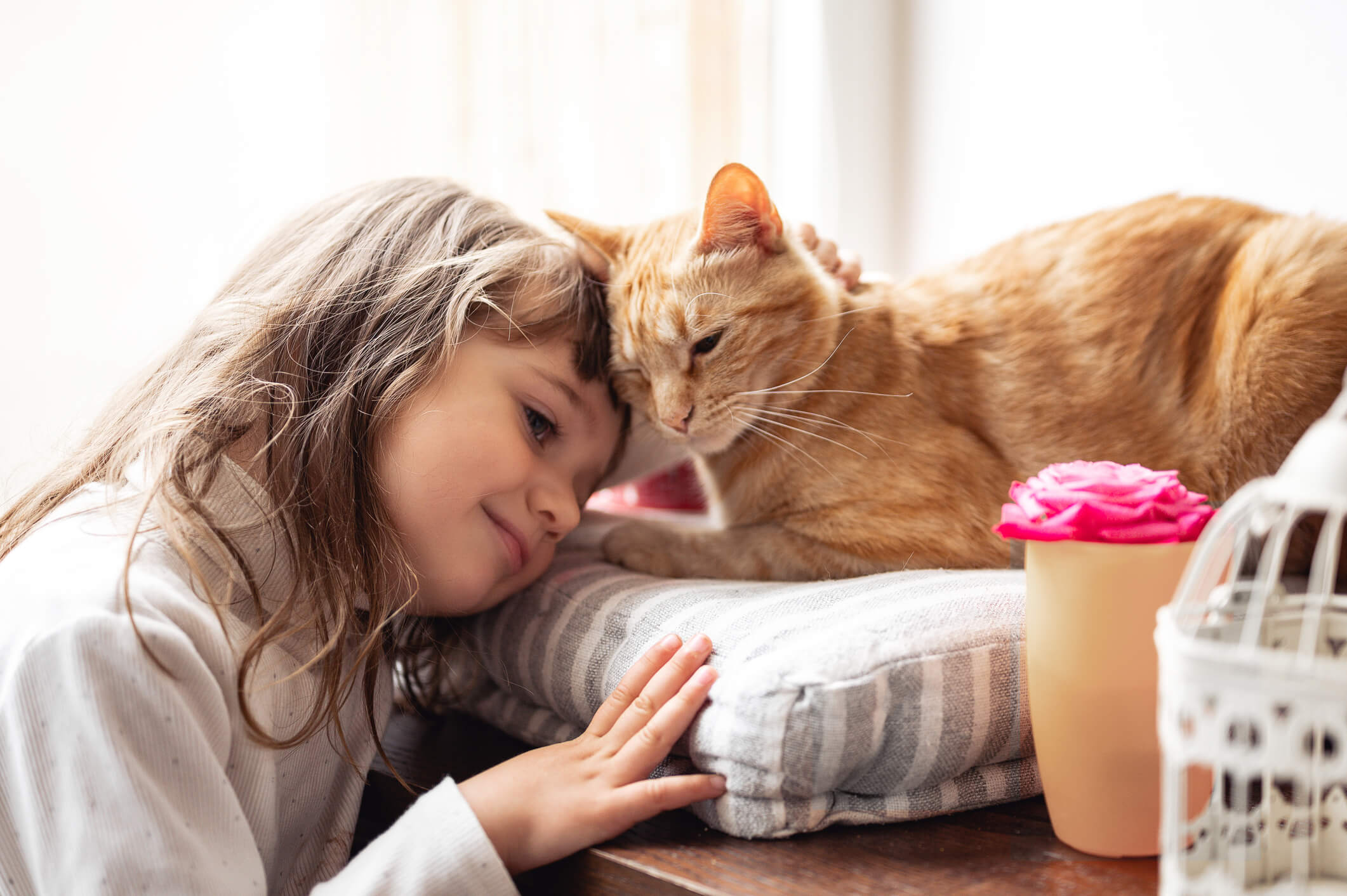Do Dogs Get Embarrassed? Understanding Your Pup’s Emotions

And in those moments, we can’t help but wonder: Are they embarrassed?
As pet parents, it’s natural to assume our dogs feel emotions the same way we do. After all, they clearly show joy, excitement, and even jealousy. But when it comes to more complex emotions like embarrassment, things aren’t so straightforward.
So, Can Dogs Feel Embarrassment?
Short answer: not quite the way humans do.
Embarrassment in humans comes from social awareness—we feel it when we break a rule, make a mistake, or get caught in an awkward situation. It’s tied to our understanding of how others perceive us.
But dogs don’t live by our social rules. They’re not worried about whether they’ve broken etiquette or made a faux pas. Instead, what we interpret as “embarrassed” behavior is often something else entirely.
Why Dogs Might Look Embarrassed
Ever seen your dog lower their head, tuck their tail, or slink away after doing something they “shouldn’t have”? These behaviors might seem like guilt or shame, but they’re actually appeasement signals.
Dogs use these calming signals to defuse tension. They’re trying to tell you, “I’m not a threat” or “Please don’t be mad.” It’s a way of avoiding conflict—not a sign they’re feeling guilty for breaking the rules.
Here are some common signs people often mistake for embarrassment:
-
Head lowered or turned away
-
Tail tucked
-
Avoiding eye contact
-
“Sad” or pleading eyes
-
Ears pinned back
-
Hiding or pacing
-
Yawning or licking their lips
These aren’t signs of regret—they’re signs of stress or uncertainty.
When We Misread the Message
It’s easy to assume your dog “knows better” when they get into something they shouldn’t. But thinking they’re embarrassed or feeling guilty can lead to unintentional punishment or misunderstanding.
For example, digging through the garbage isn’t misbehavior from your dog’s point of view—it’s instinct. Dogs are natural scavengers. If they find something that smells interesting, they’re going for it. It’s not personal, and it’s not shameful.
Reacting with frustration when your dog shows appeasement behaviors might reinforce fear rather than teach a lesson. Instead, it’s more helpful to look at the situation from their perspective.
What’s Really Going On?
To better understand your dog’s emotional state:
-
Pay attention to the context. What just happened? What triggered the behavior?
-
Observe their body language. Are they relaxed or tense? Playful or uncertain?
-
Avoid jumping to conclusions. Describe what you see, not what you assume they feel.
Take the example of a dog that hides behind a bush to go potty. You might think they’re embarrassed. But chances are, they just prefer a little privacy—or maybe they like the feel of leaves instead of grass. It’s more about comfort than modesty.
What If Your Dog Seems Upset?
If your dog looks consistently stressed, it's worth looking deeper.
They might be showing signs of discomfort after grooming, reacting to loud noises, or just overwhelmed by their environment. Their “sad” expression after a haircut? That could be due to the sensation of less fur, not body image issues.
When in doubt, check with your vet. Chronic stress can be managed with solutions like:
-
Pheromone diffusers or collars
-
Calming supplements
-
Behavioral training
-
Prescription medications (for more serious cases)
Each dog is unique, so the best approach depends on what’s causing their stress.
Frequently Asked Questions
Do dogs get embarrassed when they fart?
Not even close. Dogs are fascinated by all kinds of smells—including their own. While they might be startled by the sound, they don’t feel awkward about it.
Do dogs get embarrassed when you laugh at them?
If your dog seems uncomfortable when you laugh, it’s likely a response to your tone or body language—not because they understand you’re laughing at them.
Do dogs get embarrassed after a haircut?
They might look bummed out after grooming, but it’s more about the experience itself. Grooming can be stressful, and feeling a breeze on newly shaved fur can be a strange sensation—not a self-conscious one.
Final Thoughts
Dogs feel a lot—they can be excited, nervous, relaxed, or overwhelmed. But embarrassment, at least as we understand it, isn’t really in their emotional toolkit.
When we project human feelings onto dogs, we risk misunderstanding what they actually need from us. The best thing we can do as pet parents is to learn their language—watch their body signals, understand their instincts, and respond with patience.
Your dog isn’t ashamed of knocking over the trash can—they’re just hoping you won’t be mad. And with a little empathy and understanding, you can keep your relationship strong, based on trust, not guilt.
Get insurance plans with wide-ranging coverage options








